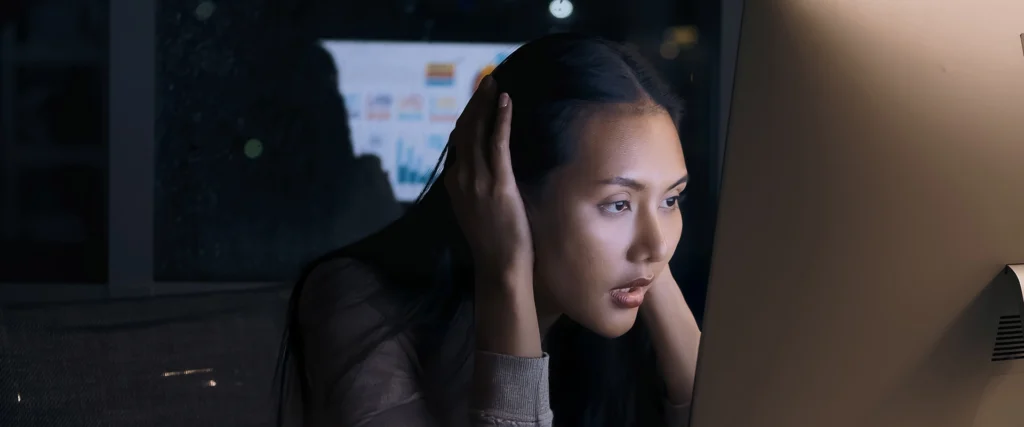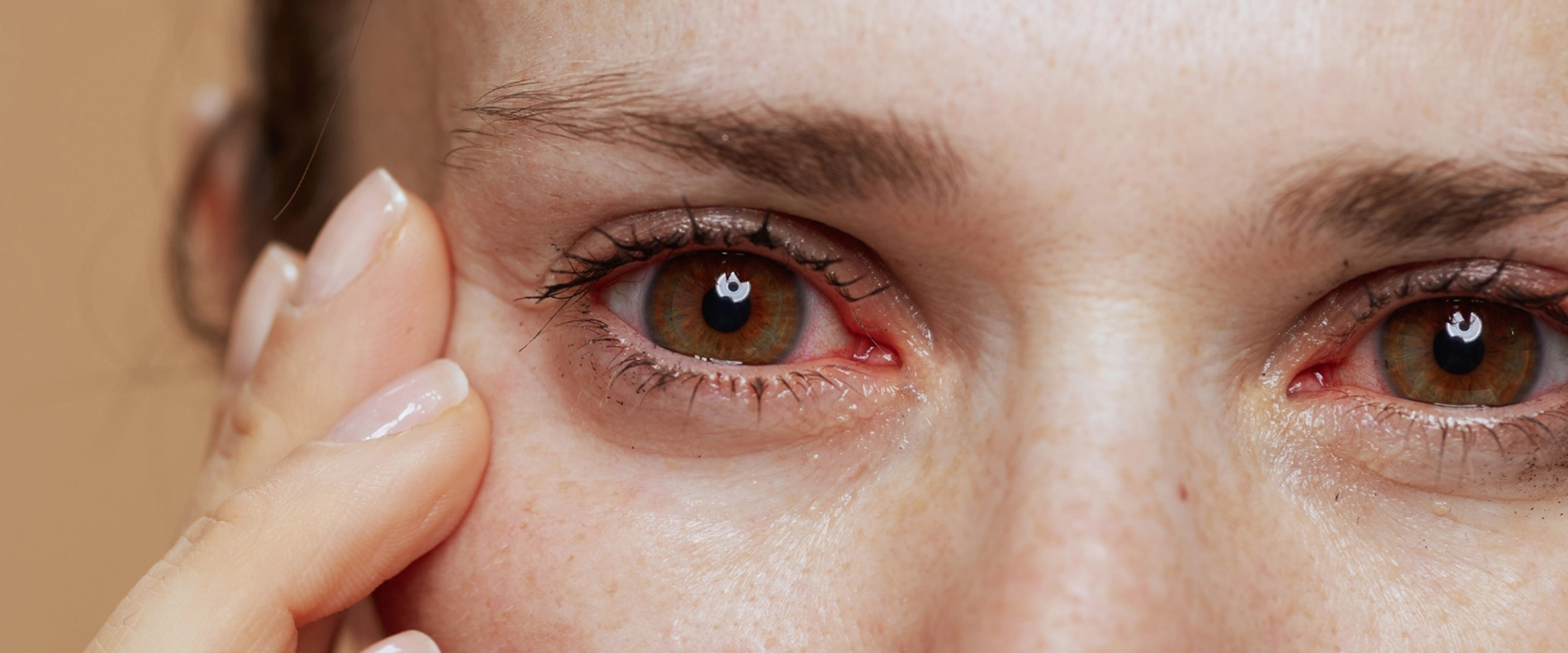
Eye Care Tips: Seeing the Joy Better During the Holiday Season
Blog Series: A Ber Month Special The Philippines is known for having one of the

We’ve all had a share of days when stress feels a little too much. Perhaps you’re trying to balance family responsibilities, meet work deadlines, or manage school activities. On top of that, factors such as traffic, bills, or lack of sleep can add to the pressure. And when your body is loaded with too much stress, it can manifest in many ways—tight shoulders, headaches, and an upset stomach.
Little did you know that stress affects vision, too. The worldly pressure doesn’t just weigh on your mind and body, but it also takes a toll on your eyes. Therefore, managing stress is a key goal in maintaining a healthy vision.
Stress is the body’s natural response to pressure. Exposure to it pushes your body to produce a hormone called cortisol. What it does is help you deal with challenges in short bursts, as too much of it for too long gives you side effects, one of which is linked to your eyes.
When cortisol levels stay high, it affects blood flow, nerve function, and even body inflammation. In the long run, it can cause eye strain that leads to blurred vision, eye twitching, and even changes in your ability to see clearly. So, the question remains: can stress affect vision? The truth is, yes, as they are closely connected.
Now that you know how stress plays a role in your vision, it is essential that you look out for symptoms. The changes in your vision when you’re feeling under pressure may not be a coincidence. Stress affects vision by:
Note that the symptoms may come and go during stressful periods, but they’re worth paying attention to.

Stress itself has a long list of physical symptoms. But when it comes to your eyes, look out for these specific signs:
If you notice these symptoms, don’t ignore them. Your eyes are signalling you to slow down.
The good news is that there are ways to manage your stress and protect your eyes. Getting enough sleep, staying hydrated, and staying active are all nice additions to your daily routine. However, taking screen breaks by following the 20-20-20 rule (every 20 minutes, look at something 20 feet away for 20 seconds) ensures you avoid digital strain fatigue.
Life is full of challenges, and stress is something we all experience. But when it starts showing in your vision, it’s a sign to slow down and care for yourself. With proper care and healthy habits, stress-related vision problems improve. Don’t wait until stress clouds your vision—love your eyes today.

Blog Series: A Ber Month Special The Philippines is known for having one of the

How to Prevent Eye Damage from Sun Exposure According to a Lighthouse Guild study, children’s

Whether it’s a sad movie or a tough break-up, you never really know when the